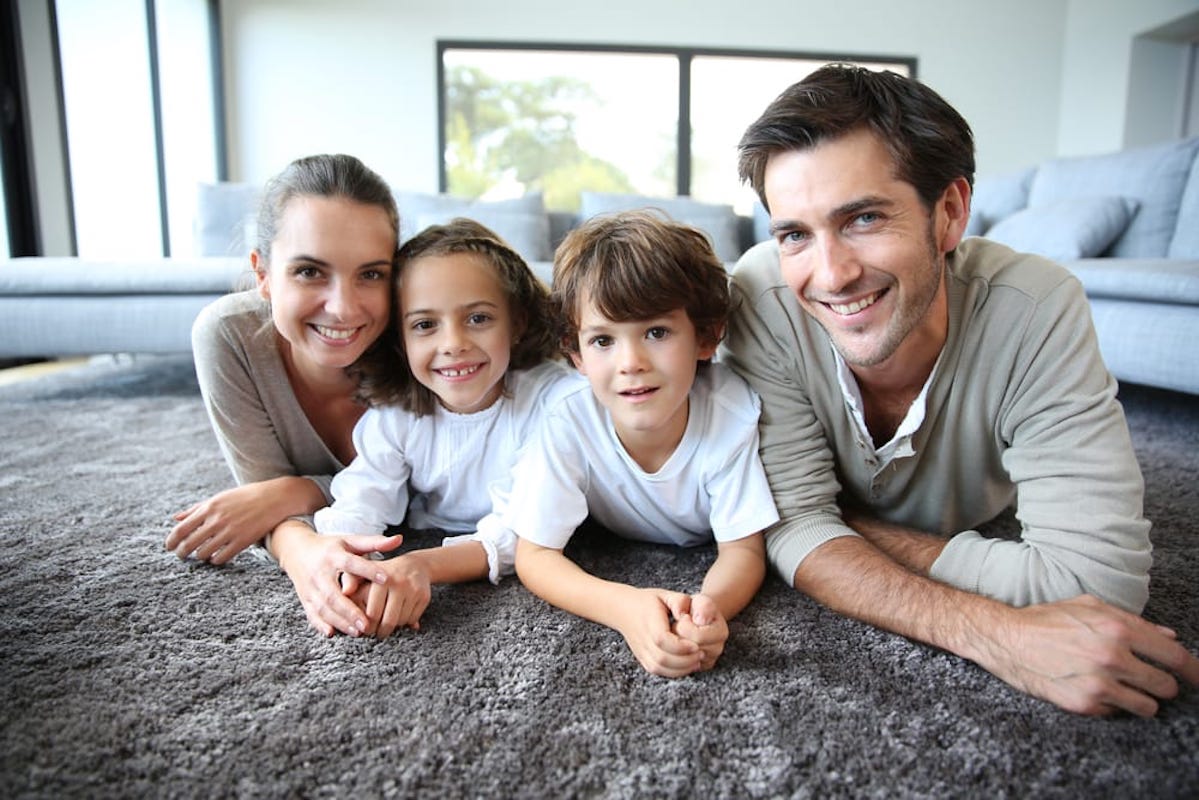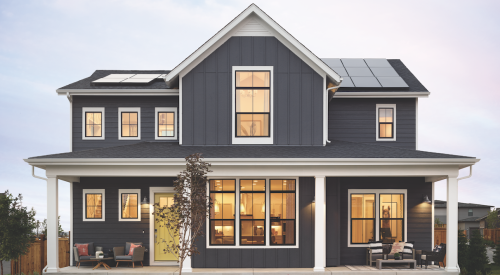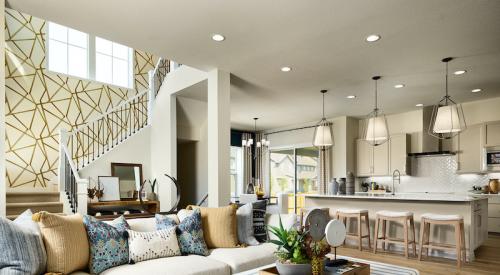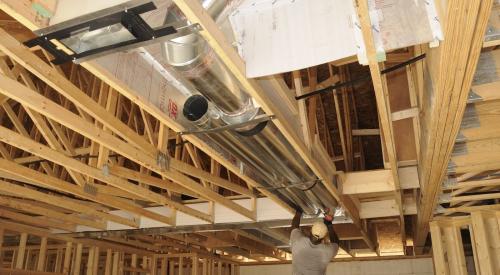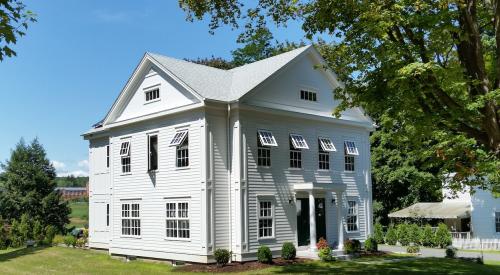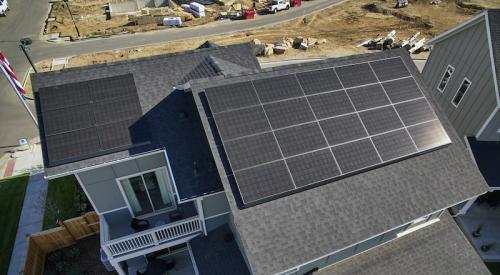Indoor air quality was a hot sales button even before “stay at home” became a national battle cry. “We’ve never needed to convince our buyers that health is important,” says Bill Rectanus, VP of operations for Thrive Home Builders, in Denver, which is partnering with Pro Builder and the Energy and Environmental Building Alliance (EEBA) to build The Ultimate Z.E.N. (Zero Energy Now) Home. “We just need to show them how we support it,” he says.
Going Beyond the Standard for Indoor Air Quality
Indoor air quality, or IAQ, has long been a cornerstone of Thrive’s brand, and the builder has followed the standards of the Environmental Protection Agency’s Indoor airPLUS program, contributing to the 16,584 homes certified since 2016.
You could call the Ultimate Z.E.N. home “Indoor airPLUS Plus,” after Thrive augmented the EPA’s baseline. “We wanted to use this project to show builders ways to integrate IAQ products to maintain a healthy environment,” Rectanus says.
RELATED
Key Elements of an Indoor Air Quality System
Exhaust-only ventilation to remove stale air
Fresh air will be provided by what Rectanus calls “a pseudo balanced system.” An exhaust fan in the laundry room will run continuously at low speed to remove stale air, while a fresh-air supply fan in the basement’s mechanical room will provide makeup air into the HVAC return. That fan includes a MERV 8 air filter and sensors that regulate the fan within preset temperature and humidity parameters.
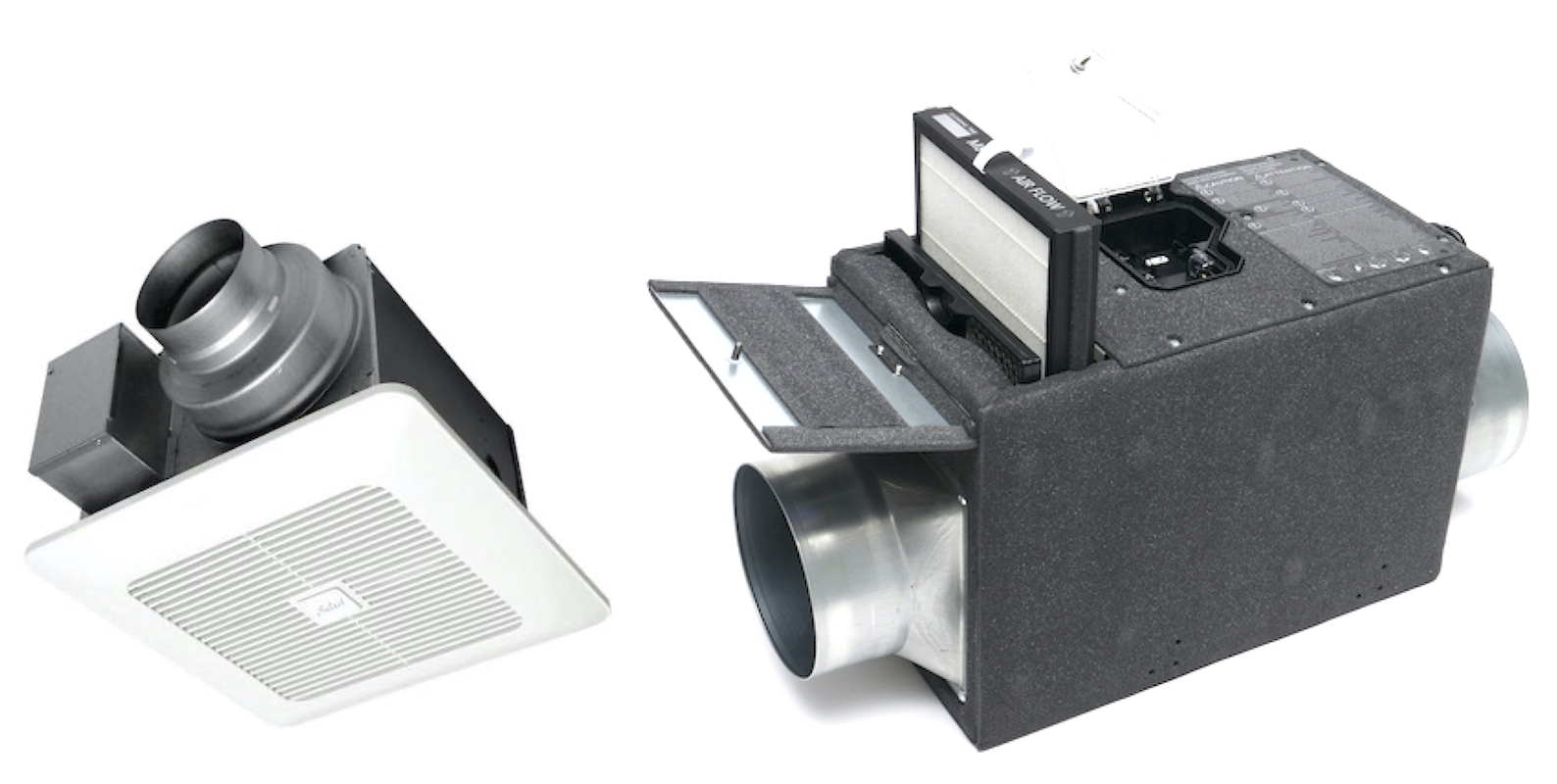
Advanced filtration for cleaner indoor air
Air introduced to the return plenum will be further purified by an air cleaner, then delivered to the home’s supply ducts by an air handling unit programmed to run continuously at low speed. The electrostatic MERV 13 filter is designed to remove 99% of airborne allergens.
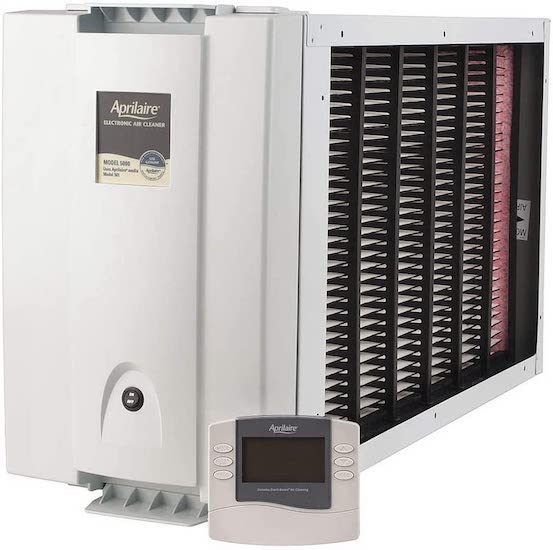
Aprilaire's 5000 series electronic air filter provides a robust MERV 13 filter and integrates with the central air system.
Humidification to maintain healthy humidity levels
Proper indoor humidity is crucial for good health. “Humans are healthiest at a relative humidity of between 35% and 45%,” says Brandon Glancy of Aprilaire, a manufacturer of IAQ-related products. For Denver’s dry climate, the home will include Aprilaire’s whole-house humidifier to maintain indoor relative humidity at healthy levels using the forced-air distribution system.

Active radon mitigation
Beneath the home’s basement slab is a sealed vapor barrier over a horizontal perforated pipe buried in 4 inches of clean gravel. That pipe will connect to a vertical pipe that extends through the roof, and a continuously running in-line exhaust fan in the attic will actively mitigate any radon gas.
Monitoring and control for better indoor air quality
Panasonic’s new Cosmos air quality system uses sensors in the bedrooms, kitchen, and living room to communicate wirelessly with a router to ramp up the home’s exhaust fans or to turn on the range hood when VOCs, carbon dioxide, or particulates exceed preset levels.
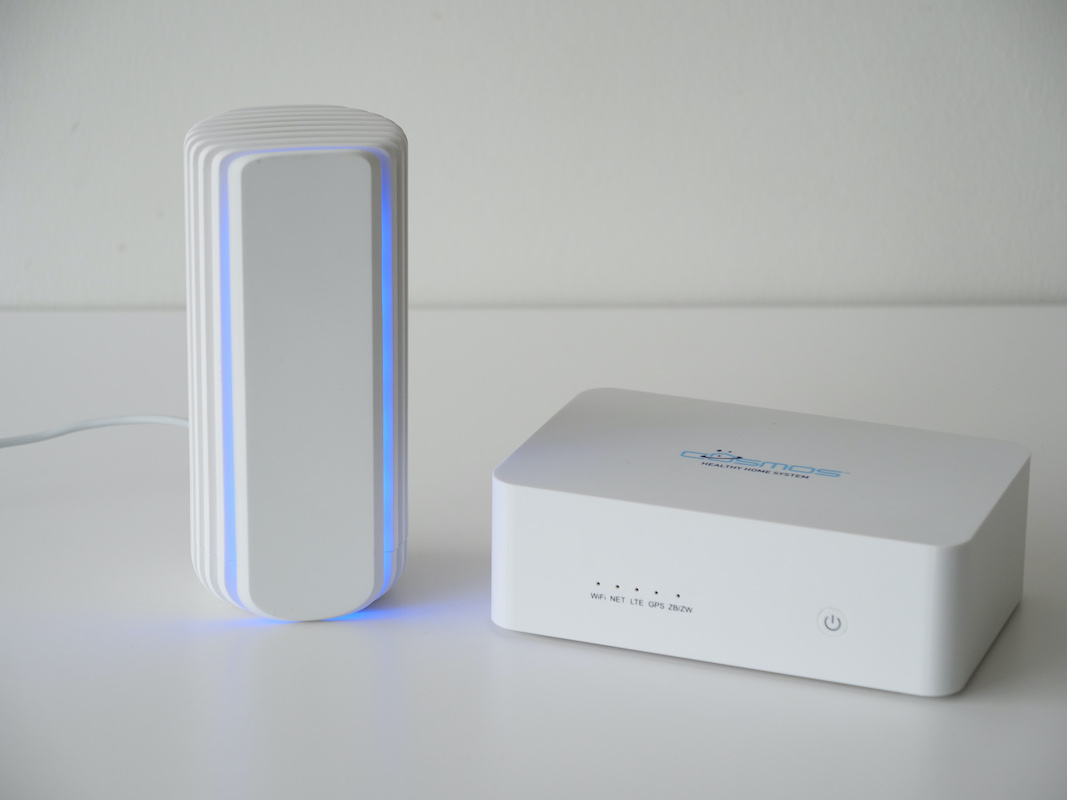
Panasonic’s new Cosmos air quality system will provide systemwide IAQ control and monitoring
Indoor Air Quality Systems Offer Lasting Value
Of course, the COVID-19 pandemic has made people even more anxious about health issues, perhaps permanently so. “The message that home is the safest, healthiest place to be will linger long after the pandemic has passed,” Rectanus says, giving healthy homes with managed indoor air quality an edge in every market.

Access a PDF of this article in Pro Builder's May/June 2020 digital edition
